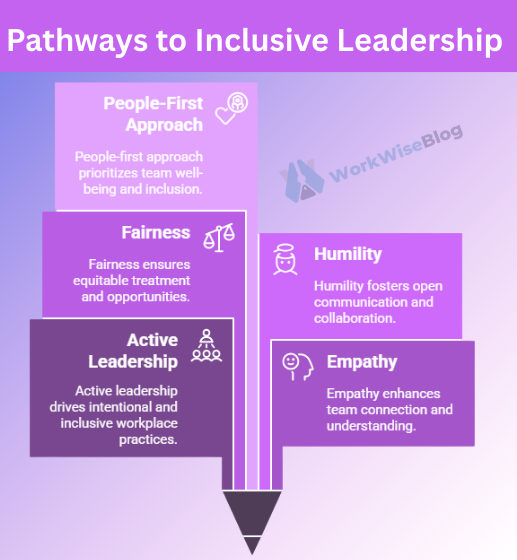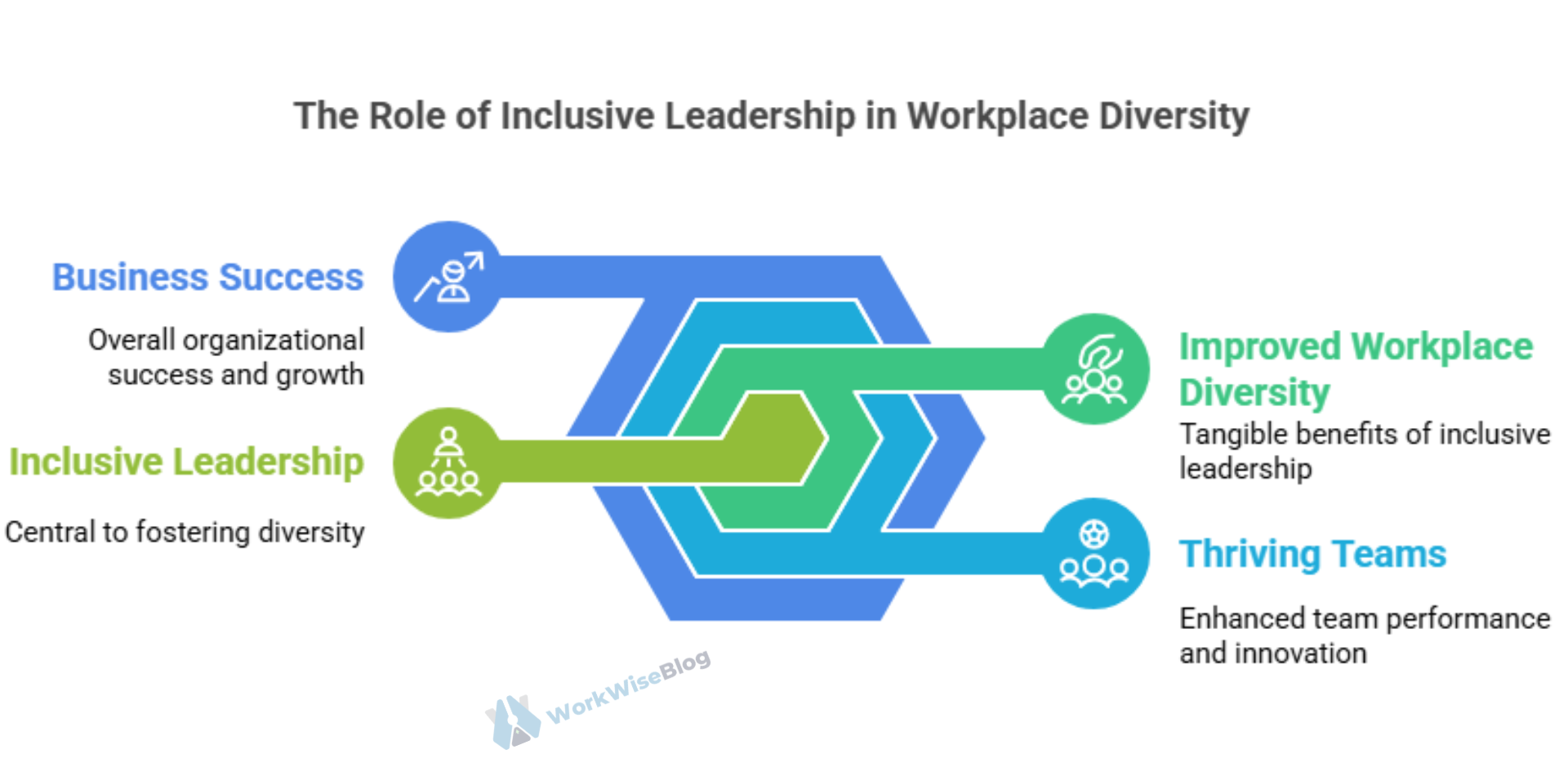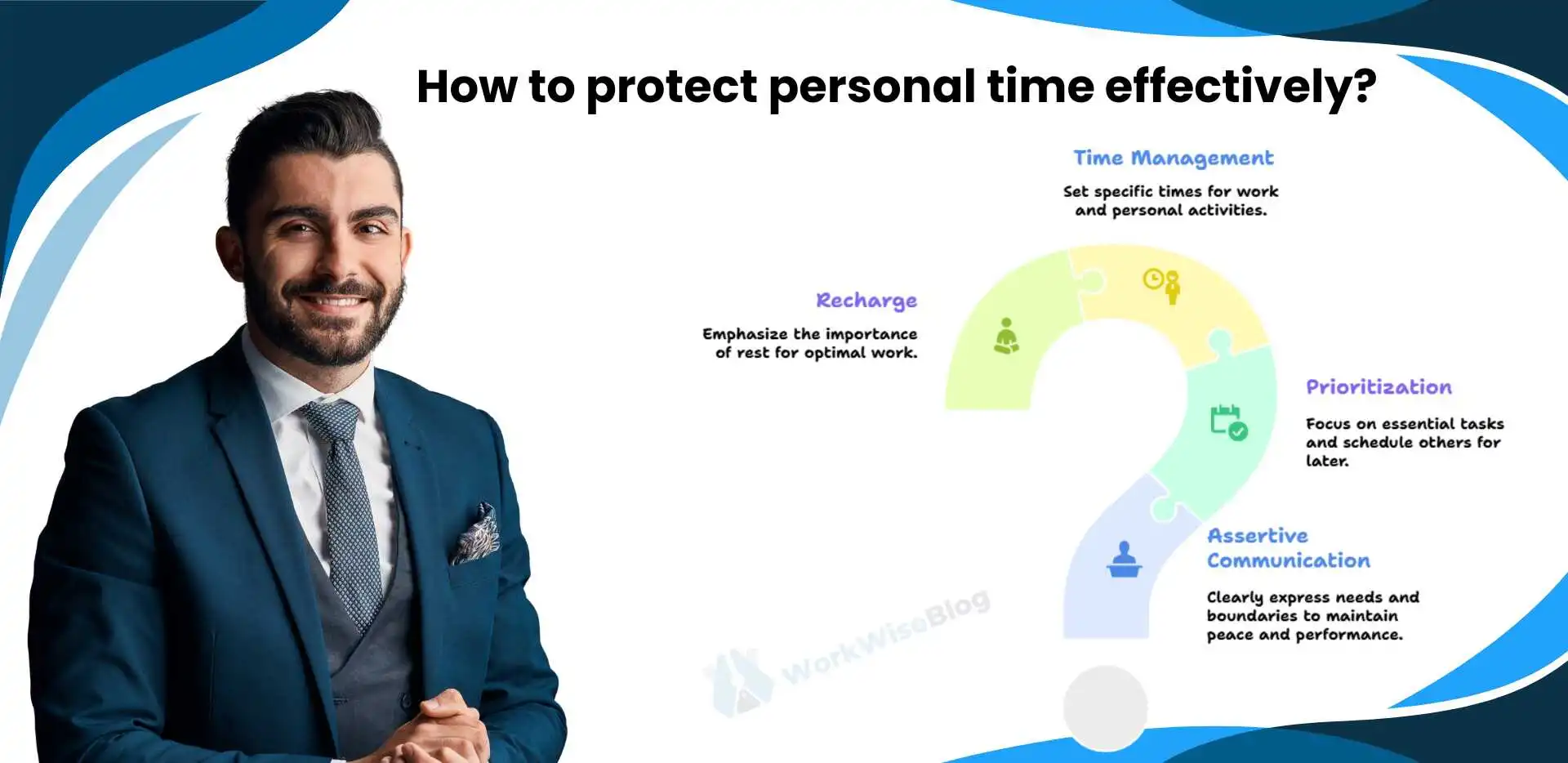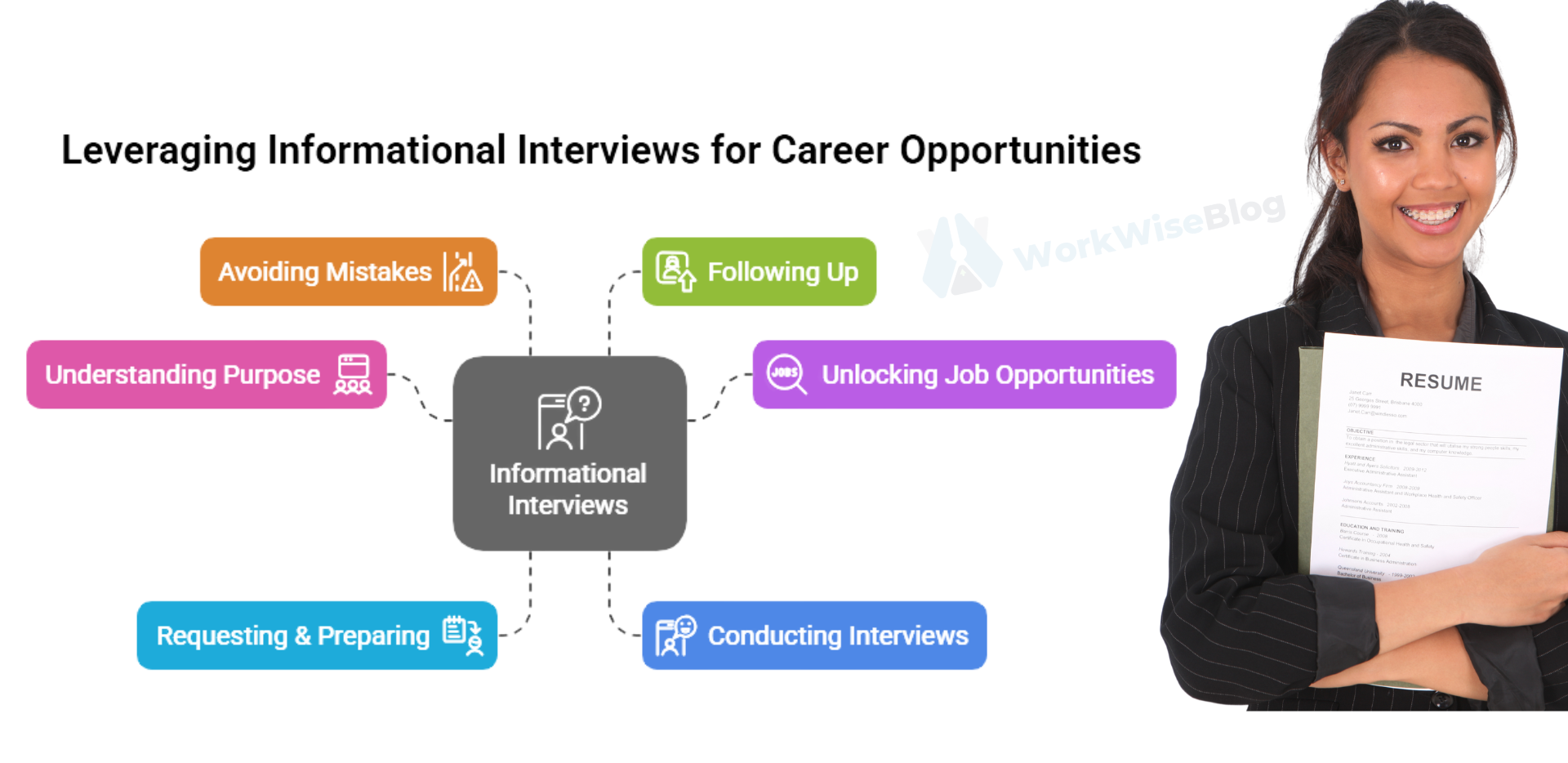In this blog, let’s break down:
- What inclusive leadership is (and what it isn’t)
- How it directly improves workplace diversity
- Traits that define an inclusive leader
- What it means for your team and business
- How to encourage more inclusive leadership across your company
- What inclusive leadership is (and what it isn’t)

1. So, What Is Inclusive Leadership?
At its core, inclusive leadership is all about making sure everyone feels like they matter.
It’s about leading with empathy, fairness, and curiosity. These are the leaders who say, “What do you think?” to the quietest person in the room. They value input from all levels, not just those at the top.
They don’t have to know everything—but they’re always open to learning from others, especially those with different experiences.

Inclusive leaders:
- Treat everyone with respect
- Encourage different viewpoints
- Make space for others to shine
- Push for fairness in how decisions are made
- Treat everyone with respect
And guess what? This doesn’t require a fancy title. Anyone can lead inclusively—whether you’re a manager, team lead, or the go-to person on your team.
2. Why Inclusive Leadership Makes Workplace Diversity Work
You can hire people from all walks of life, but if they don’t feel heard or supported, they won’t stay.
That’s why inclusive leadership matters. It takes diversity from a statistic to a living, breathing part of your company culture.
Here’s how inclusive leaders bring diversity to life:
- They make sure everyone gets a seat at the table
- They encourage fresh ideas that come from different backgrounds
- They build team trust and break down silos
- They actively listen and act on feedback
- They make sure everyone gets a seat at the table
Without inclusion, diversity feels performative. But with the right leadership, it becomes real, powerful, and impactful.

3. What Does an Inclusive Leader Look Like?
They don’t all look the same. They don’t all lead the same way. But they do share some key traits that help people feel seen, safe, and valued.
Here are a few stand-out traits:
Self-Awareness
They recognize their own blind spots and stay open to feedback.
Active Listening
They genuinely care about what others have to say—and they show it.

Humility
They admit when they’re wrong, and they know they don’t have all the answers.
Empathy
They try to understand what others are going through, even when it’s outside their own experience.
Fairness in Action
They make sure opportunities, praise, and feedback are handed out fairly—not just to the loudest voices.
Collaboration Over Control
They build teams, not hierarchies. Everyone has something to contribute.
4. What Happens When Inclusive Leaders Take the Lead?
The results? Pretty amazing.
Companies that prioritize inclusive leadership see real, measurable benefits. It’s not just about culture—it’s about performance.
- Teams feel more engaged and stick around longer
- More ideas get shared, leading to better innovation
- People speak up, knowing their input matters
- Diverse talent is attracted—and retained
- Decision-making becomes smarter, thanks to multiple perspectives
- Teams feel more engaged and stick around longer
According to research from Deloitte, inclusive leadership leads to a 17% boost in team performance and a 20% jump in decision-making quality. That’s not just good for morale—it’s great for business.
5. How to Build Inclusive Leadership in Your Workplace
You don’t need a huge budget or a major policy overhaul to get started. Inclusive leadership starts with small, everyday actions.
Some ways to build it:
- Offer real training. Help leaders understand unconscious bias, emotional intelligence, and inclusive communication.
- Encourage mentoring. Connect employees from different backgrounds with mentors who champion their growth.
- Ask for feedback. Create safe ways for people to give input—especially when it’s about leadership or culture.
- Reward inclusive behavior. Recognize the leaders who lift others up, not just those who hit targets.
- Build pipelines. Help people from underrepresented groups grow into leadership roles.
- Lead by example. If you’re in a position of influence, show others what inclusion really looks like.
- Offer real training. Help leaders understand unconscious bias, emotional intelligence, and inclusive communication.
Every voice matters. And every leader has a role to play.
Real-Life Examples That Prove It Works
Let’s bring this to life with a few companies doing it right:
Microsoft
CEO Satya Nadella led a culture shift by making empathy a core leadership value. It boosted not only morale but innovation across the company.
Accenture
They measure leaders on inclusion, not just output. That’s helped increase engagement and made inclusion part of their DNA.
Startups and Small Teams
Even without big HR departments, small companies that make time for team check-ins, open discussions, and shared leadership see stronger team loyalty and creativity.
Final Thoughts: Inclusion Starts with You
Inclusive leadership isn’t about having all the answers. It’s about creating space for everyone’s answers to matter.
Whether you’re a team leader, hiring manager, or just starting out—you can model inclusion today. Ask questions. Listen deeply. Invite different voices in.
Because real inclusion doesn’t just benefit a few—it elevates everyone.
Quick Recap:
- Inclusive leadership is active, intentional, and people-first
- It turns workplace diversity into lasting impact
- Traits like empathy, fairness, and humility make a big difference
- Teams led inclusively perform better and feel more connected
- You don’t need permission to be inclusive—you can start now
Final Tip:
The best leaders aren’t just the ones with authority—they’re the ones who make others feel like they belong.
















